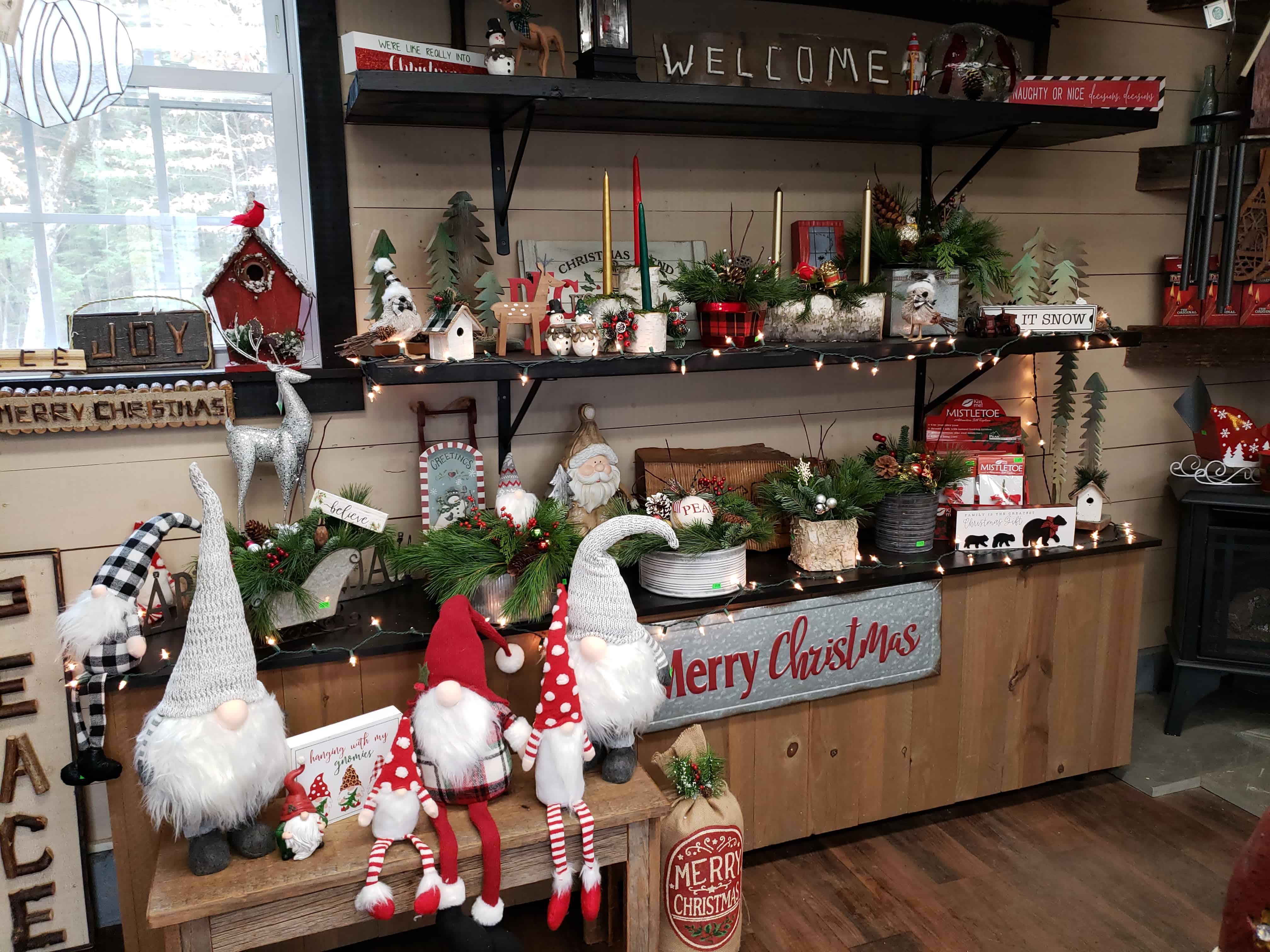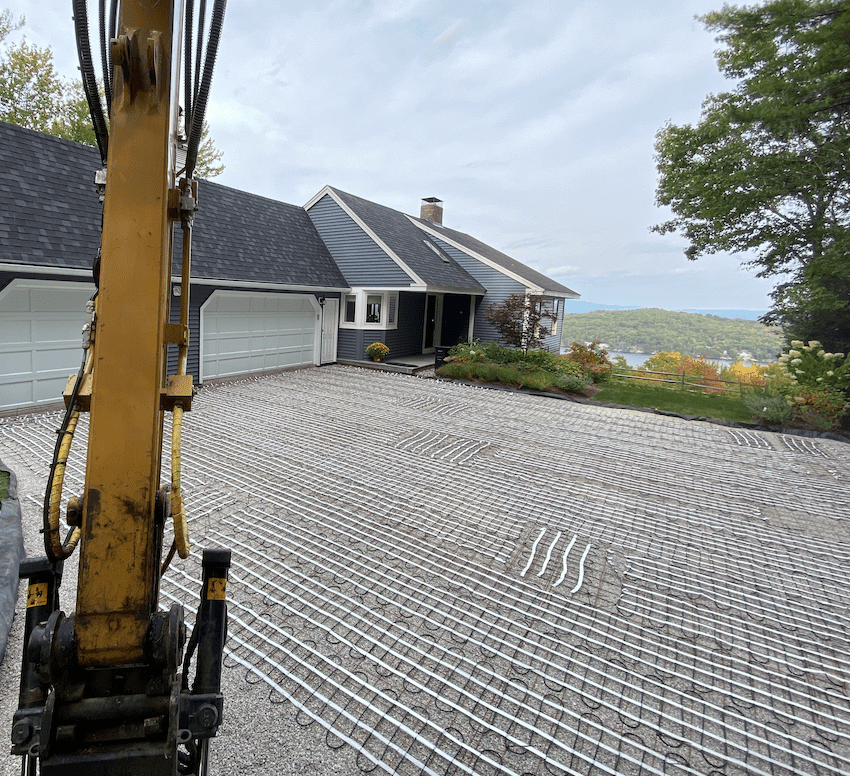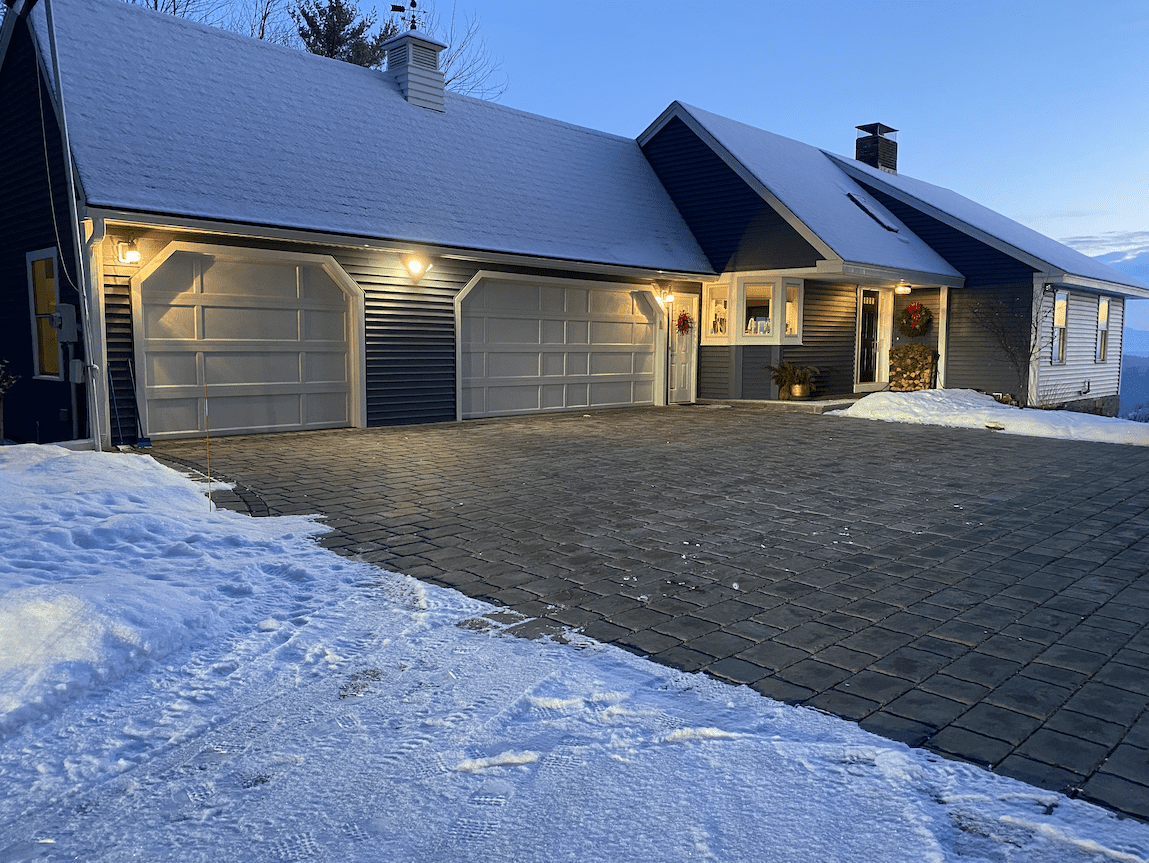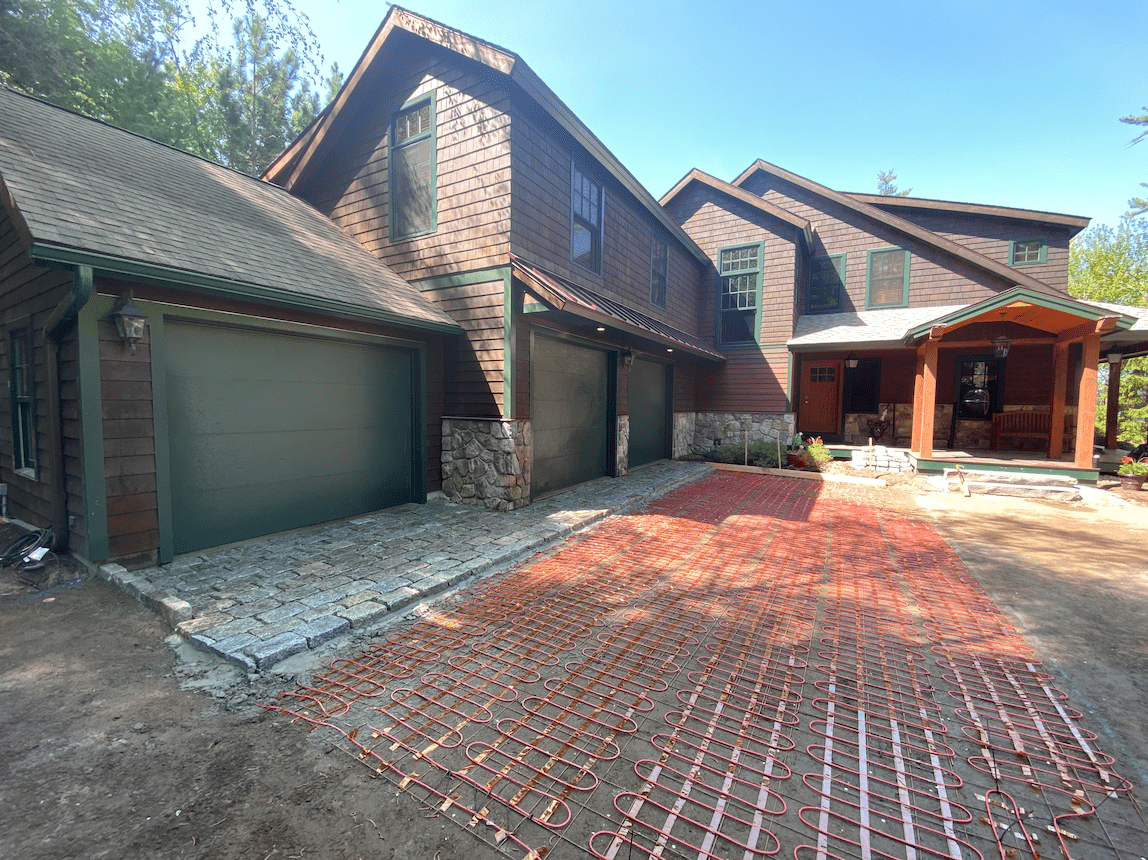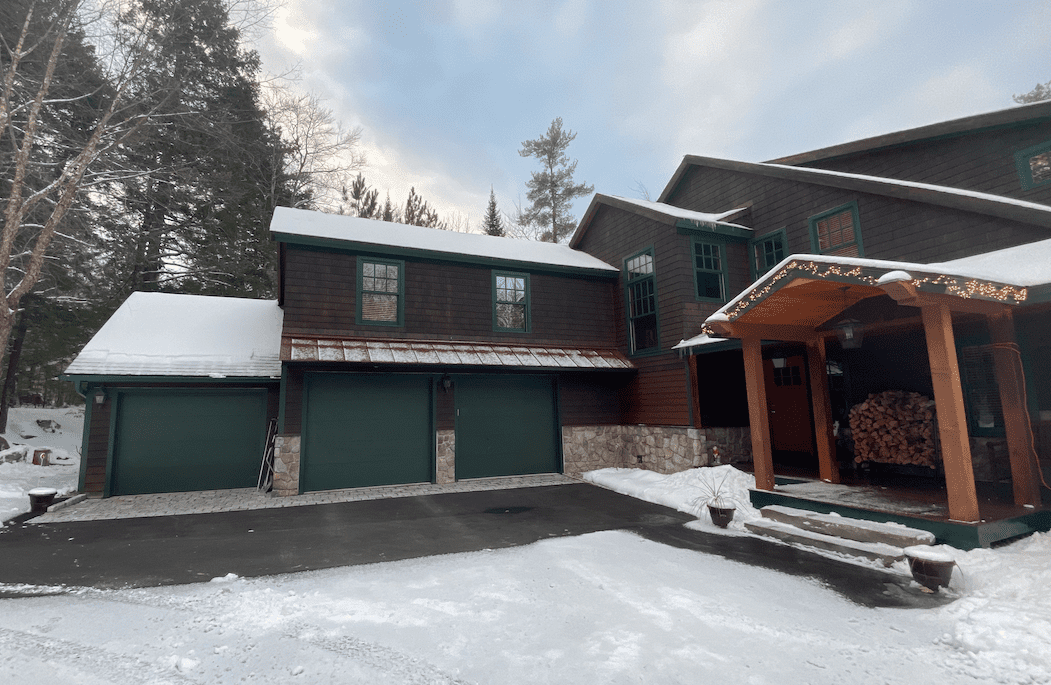Winter has arrived here in New England, and while many activities have moved indoors, enjoying your outdoor space doesn’t have to be one of them. Consider adding a heater to your outdoor living spaces for enjoyment throughout all of the seasons.
There are many options of outdoor heating available from which to choose for your location and aesthetic—including free standing propane towers, attractive natural gas fire pits, small tabletop heaters designed for dining tables and patio sets, and more! Many heaters are combined with lighting to help in making these spaces look and feel warm and cozy.
Getting Warmer
The kind of heater you choose for your outdoor space depends on what kind of space you have, because not all heaters are appropriate for all spaces. Gas fire pits and fireplaces, for example, should not be used in enclosed spaces, and electric heaters are for smaller spaces. We’ve listed several types of heaters, their ideal settings, and other things to consider, below.
Fireplaces and Fire Pits
These are the most aesthetically pleasing options for outdoor heating. Both fireplaces and firepits use natural gas and emit a good amount of heat through real flames. They make great focal points for your backyard, terrace, deck, or patio. You can create a nice sitting area around them, and decorate the mantles with glass, stone, or tile surrounds to make it truly custom and match your décor. They are easy to use and low maintenance. These work best in large outdoor spaces because these heaters use real flames, so they are not safe to use in enclosed spaces or covered patios.
Heaters
The most commonly used outdoor heaters are some type of appliance, like the one used at restaurants mentioned above. These heaters can be quite large and include lighting or small enough to fit on tabletops; emit enough heat that they have to stand alone, or can be mounted to a wall or ceiling. What you choose depends on the size of the area you wish to heat, and how you want to heat it:
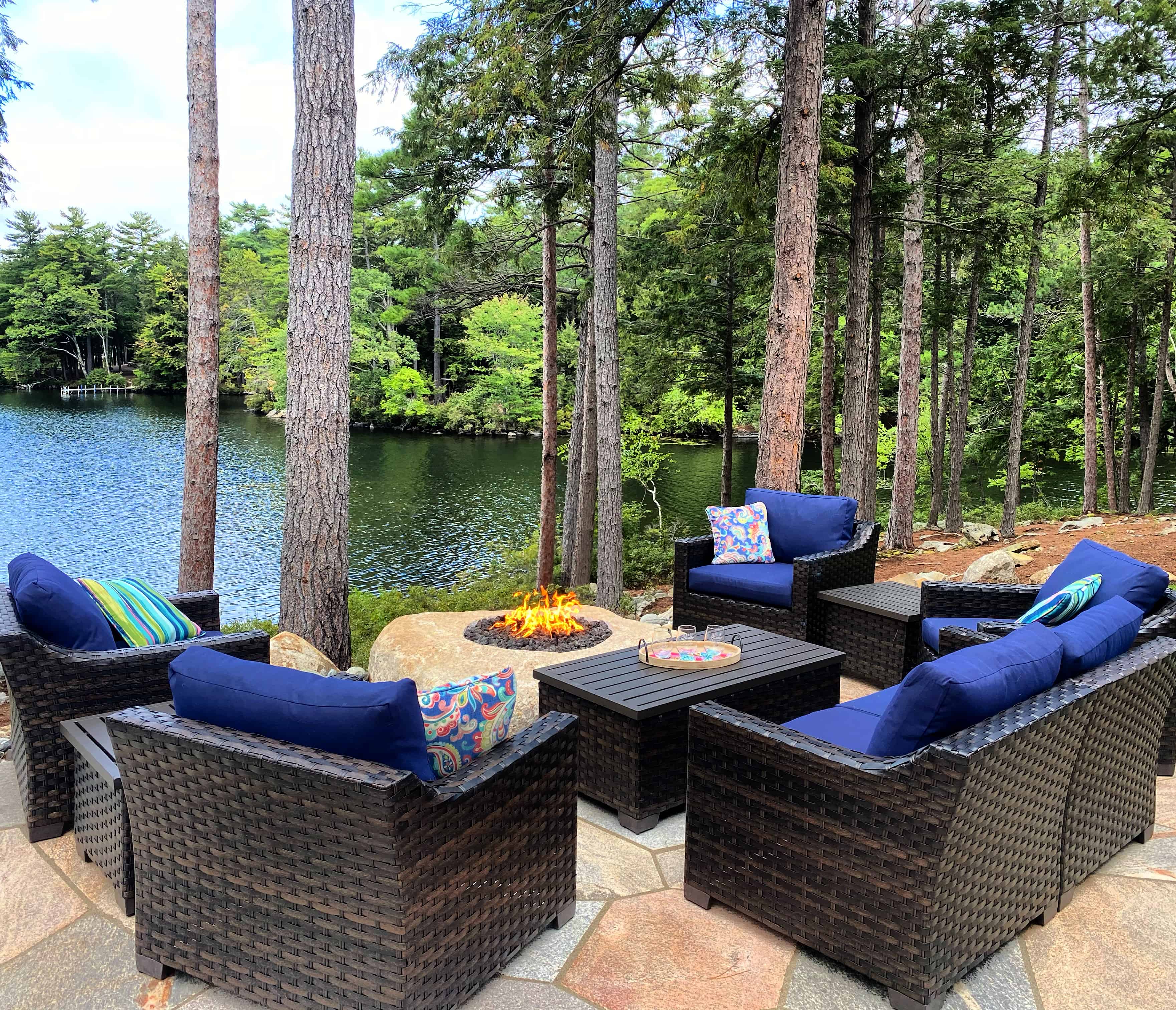
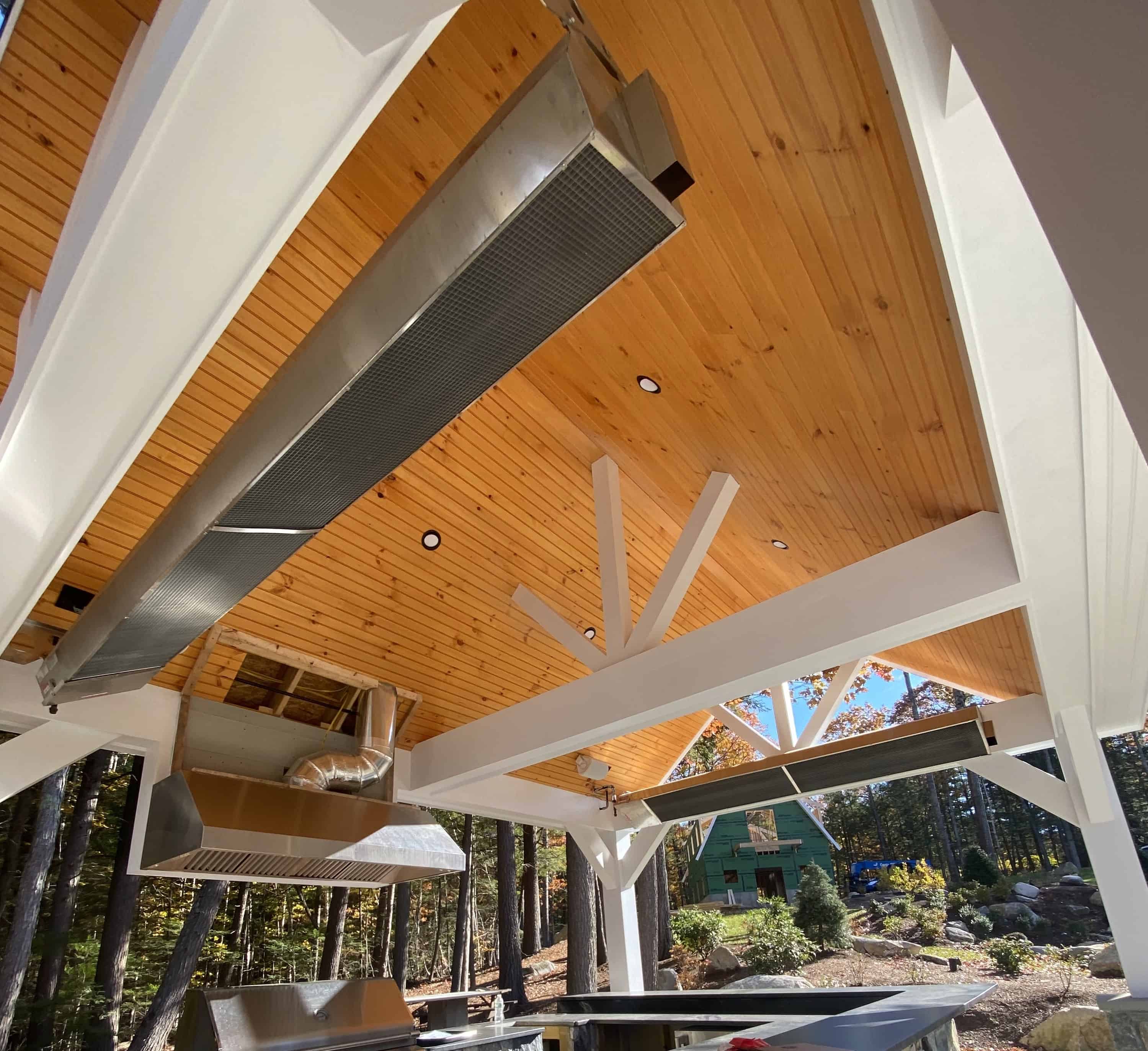
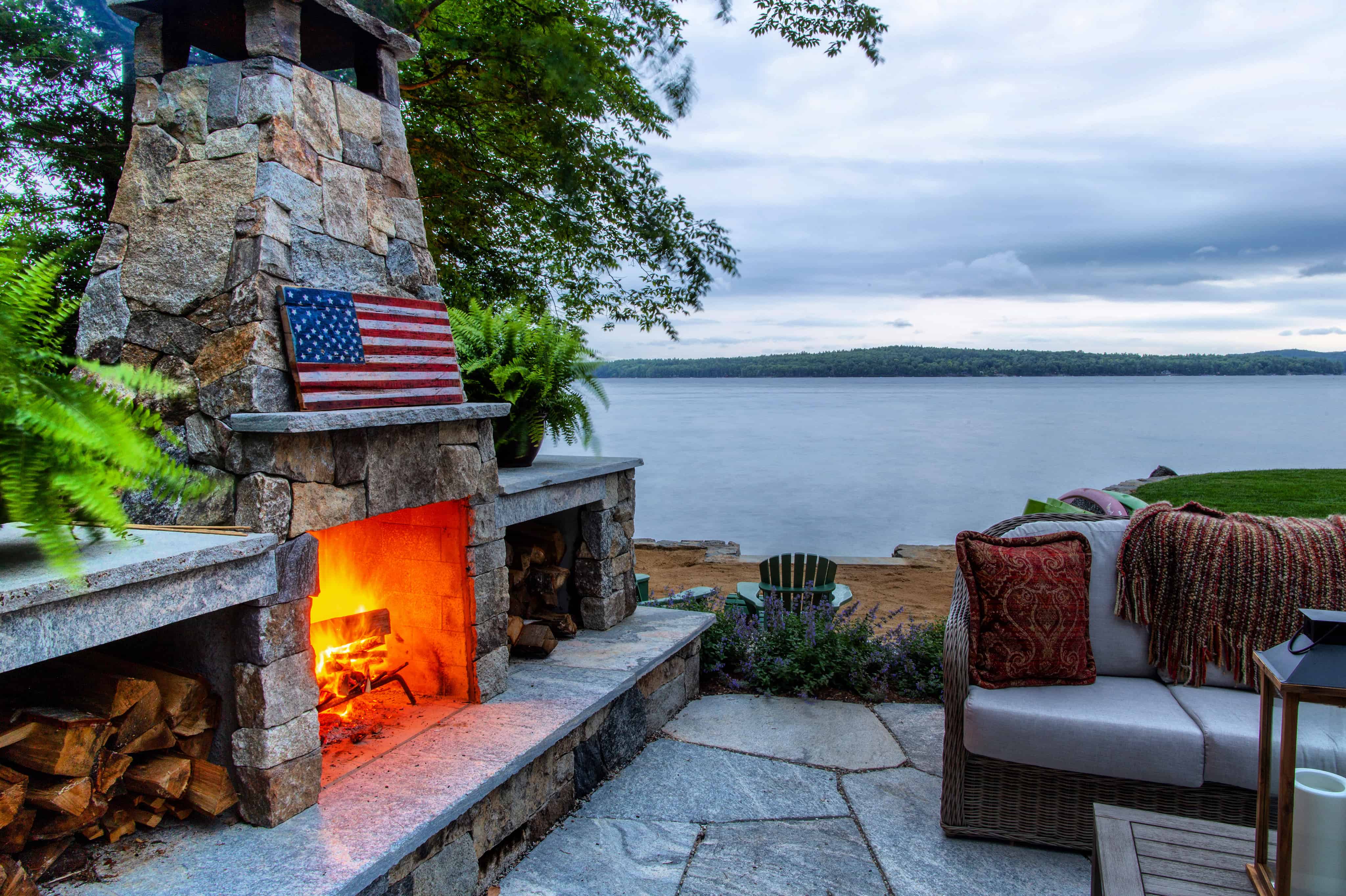
- Propane: These are used widely, and since they heat the air itself, they will heat a big area, so they are ideal for large, open spaces. They usually have one touch ignition switches but can take a while to heat up. These are tall and have wheels so you can move and place them wherever you’d like, but be sure to keep them at least three feet from any surface, wall, furniture, etc. They come in a variety of designs and price points so you can find one that’s perfect for you and your space. With these, you’ll need to purchase/refill tanks of propane, and protect the heaters from wind.
- Gas heaters: These work basically the same as the propane heaters but are a bit more environmentally friendly.
- Electric: These heaters do not use any open flame, so they are the best to use in enclosed spaces like porches or patios. They emit a radiant heat, so you’ll have to sit next to them to feel the warmth, as they won’t really heat the air itself. They can be used closer to people and furniture and can be used anywhere as long as there is an electrical outlet nearby. You can place these electric heaters under chairs and tables, on tabletops, or mounted on the wall or ceiling. Of course, be sure to maintain an adequate clearance. While you won’t need as much space as you would with a gas or propane heater, with any type of heat, it’s better to be careful. These are the most environmentally friendly of all portable heaters.
Heated Floors
Another good way of heating your outdoor space is by adding heating under your patio tiles. Heat will radiate from below as you sit outside, and as an added bonus, the snow and ice won’t accumulate on these surfaces.
Heated Pergolas
A great way to enjoy the outdoors is from your own heated pergola. By adding this outdoor space and building in a plan for heating during construction, you can protect yourself from the elements a bit, and stay warm while enjoying the outdoors.
We’d love to assist with any of your outdoor heating needs, and happy to discuss the best options for your home and landscape. Reach out by email, or give us a call at 603-707-0630.


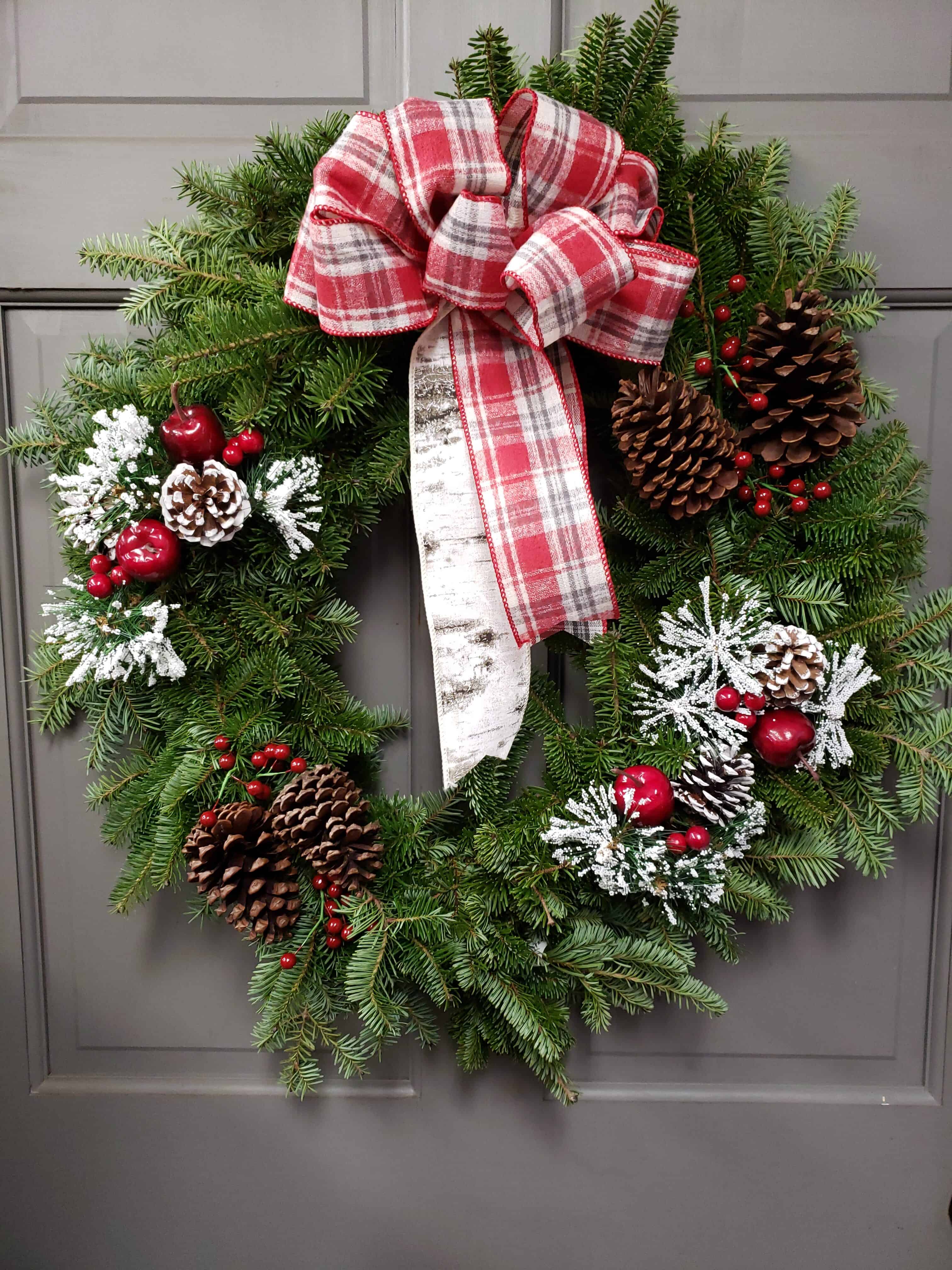
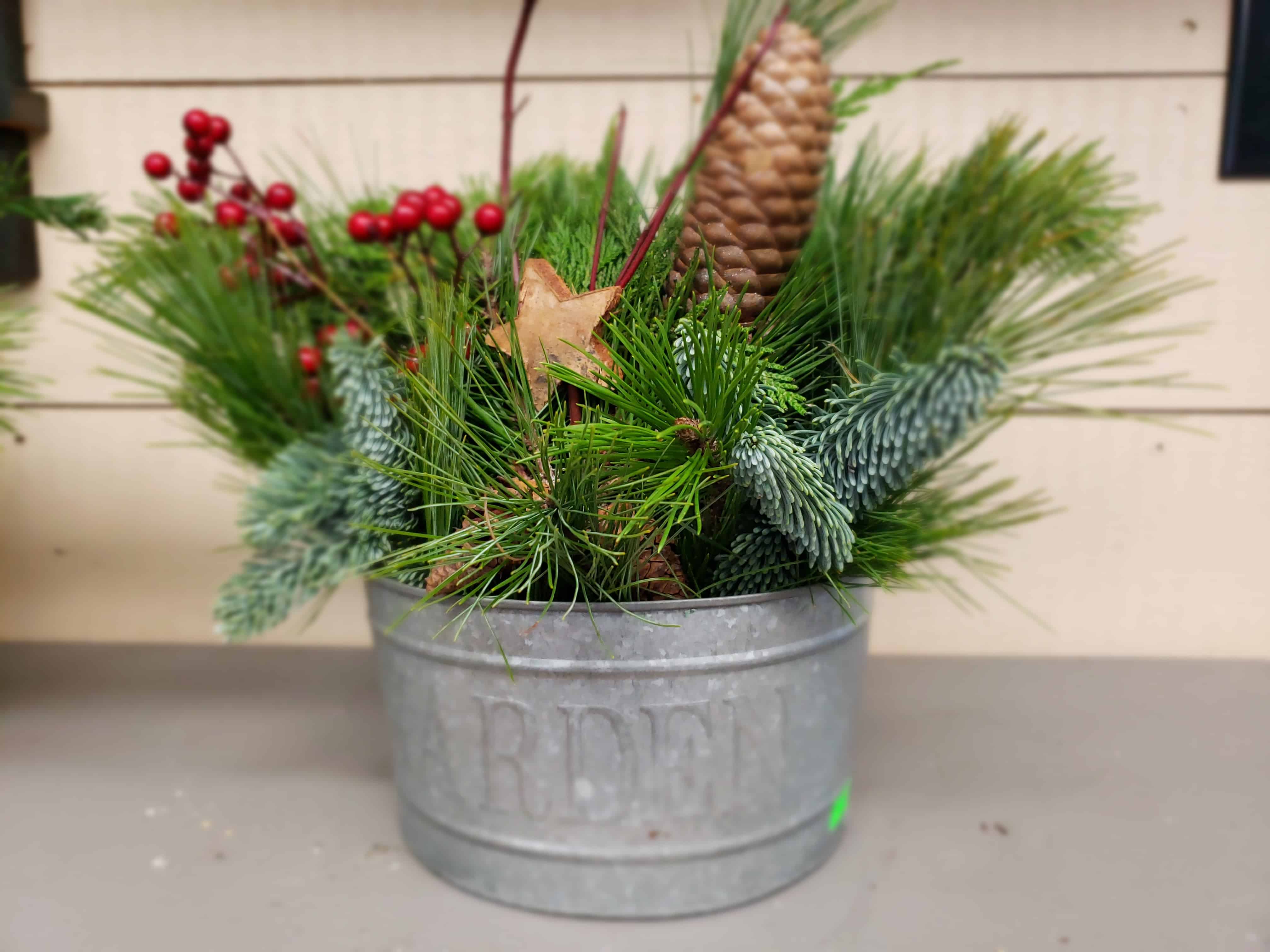

 Indoor Décor
Indoor Décor